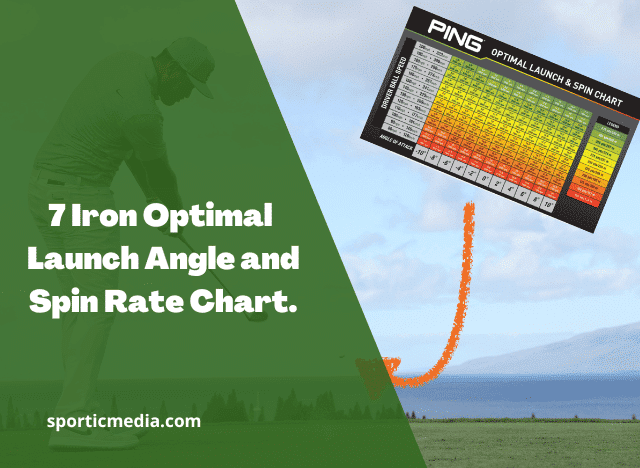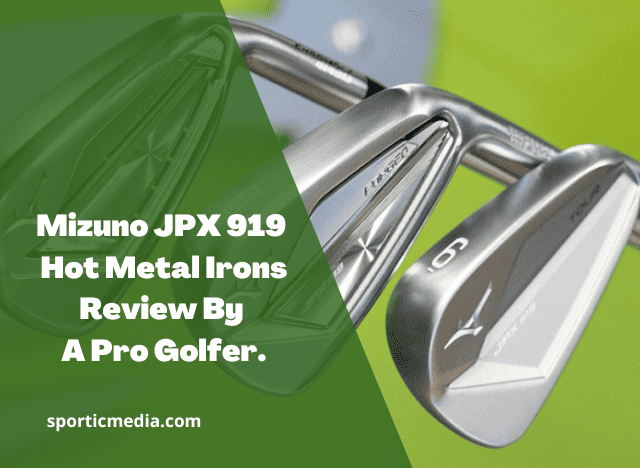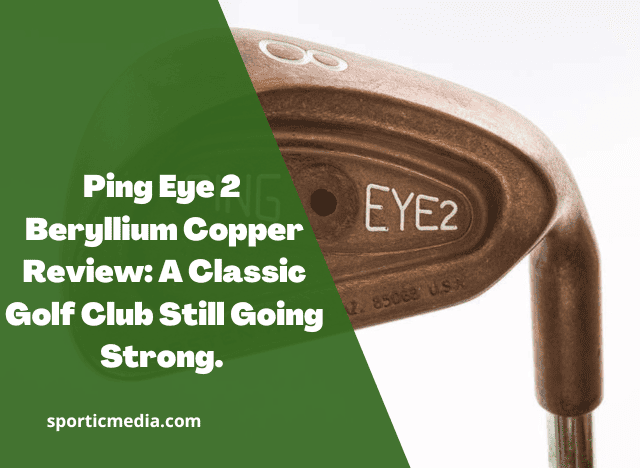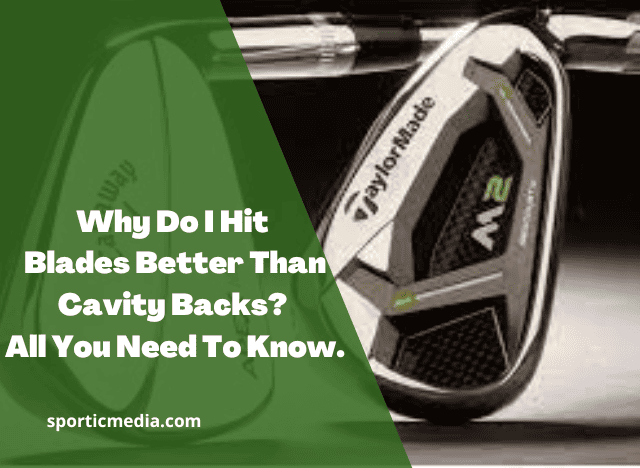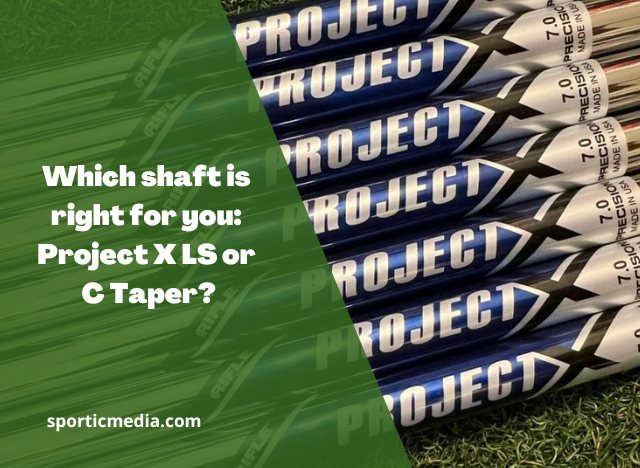In the world of golf, precision and control are paramount to achieving success on the course. One essential aspect of mastering the game is understanding the optimal launch angles and spin rates for each club in your bag.
This article will delve into the fascinating realm of launch angles and spin rates specifically for 7 irons. By comprehending the relationship between these factors and your shots, you can make informed decisions to enhance your game and optimize your performance.
Table of Contents
What really is the Launch Angle?
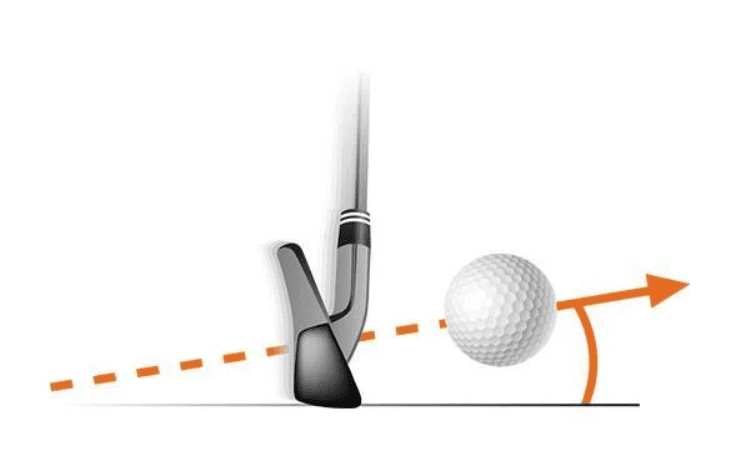
Launch angle refers to the vertical angle at which the golf ball takes off from the clubface. It plays a crucial role in determining the distance the ball will travel. A higher launch angle generally results in a longer carry distance, while a lower launch angle produces a flatter trajectory with more roll. Achieving the ideal launch angle with your 7 iron can lead to consistent, accurate shots.
Several factors influence the launch angle of a golf shot. Firstly, the loft of the club itself plays a significant role. The 7 iron typically has a loft ranging between 30 and 34 degrees. The higher the loft, the easier it is to generate a higher launch angle. Factors such as the golfer’s swing speed, angle of attack, and strike location on the clubface can also impact the launch angle.
What is the ideal launch angle for each club?
Here are the general guidelines for the ideal launch angles for each club in a standard golf set:
- Driver:
- Optimal Launch Angle: 10 degrees to 14 degrees
- The driver is designed for distance, and a slightly lower launch angle helps maximize carry and roll for longer drives.
- Fairway Woods (3-wood, 5-wood, etc.):
- Optimal Launch Angle: 12 degrees to 16 degrees
- Fairway woods are versatile clubs used for both distance and accuracy. The ideal launch angle depends on the specific loft of the club and individual swing characteristics.
- Hybrids:
- Optimal Launch Angle: 16 degrees to 20 degrees
- Hybrids are designed to provide forgiveness and versatility. The higher launch angle helps with getting the ball airborne and maximizing distance.
- Irons (3-iron to pitching wedge):
- Optimal Launch Angle: 18 degrees to 24 degrees (varies per iron)
- The optimal launch angle gradually increases as you move from the longer irons (3-iron) to the shorter irons (pitching wedge). This progression allows for better trajectory control and accuracy.
- Wedges (gap wedge, sand wedge, lob wedge):
- Optimal Launch Angle: 24 degrees to 30 degrees (varies per wedge)
- Wedges are primarily used for shorter shots, finesse shots, and shots around the green. The higher launch angle helps create more stopping power and control on approach shots.
It’s essential to note that these ranges serve as general guidelines and can vary depending on individual swing characteristics, playing conditions, and personal preferences. Custom fitting and working with a professional club fitter can provide more precise recommendations tailored to your specific needs and abilities.
What is Analyzing Spin Rate?
Spin rate refers to the amount of backspin or topspin imparted on the golf ball during its flight. The spin rate significantly affects the trajectory and stopping power of the ball upon landing. Higher spin rates result in shots that stop more quickly upon hitting the ground, while lower spin rates promote more roll after landing.
Multiple factors influence spin rate, including clubhead speed, clubface angle, and the quality of contact between the ball and the clubface. Understanding and controlling spin rate is crucial to optimizing distance, accuracy, and control with your 7 iron.
What is the general optimal spin and launch angle?
Let’s discuss the general optimal launch angle and spin rate for iron shots in golf, considering a broader perspective:
- Optimal Launch Angle:
- The optimal launch angle for iron shots generally falls within the range of 18 to 24 degrees.
- Lower irons, such as 3-5 irons, tend to have slightly lower launch angles, closer to the lower end of the range.
- Mid-irons, such as 6-7 irons, usually have launch angles towards the middle of the range.
- Higher irons, including 8-9 irons and wedges, typically have higher launch angles, closer to the upper end of the range.
- Optimal Spin Rate:
- The ideal spin rate for iron shots typically ranges between 5,000 and 7,000 revolutions per minute (rpm).
- Generating the right amount of backspin helps control the ball’s flight and landing, providing better stopping power on the green.
- Generally, lower irons tend to generate slightly higher spin rates, while higher irons and wedges can produce more spin.
It’s important to note that these ranges are approximate and can vary based on individual factors such as swing speed, angle of attack, and playing conditions. Additionally, personal preferences and shot requirements may influence the desired launch angles and spin rates. Working with a professional club fitter can help determine the optimal launch angles and spin rates tailored to your specific swing characteristics, maximizing your performance on the course.
Which Golf Club is designed to hit the ball with the highest launch angle?
sporticmedia.com
What are the optimal Launch Angles and Spin Rates for 7 Irons?
Here’s a table outlining the optimal launch angles and spin rates for 7 irons:
| Launch Angle | Spin Rate | Ball Flight | Recommended Golfers and Scenarios |
| Low | Low | Flatter trajectory | Golfers seeking maximum distance or firm fairway conditions |
| High | Low | Longer carry, stops quickly | Golfers prioritizing accuracy and stopping power, playing in windy conditions |
| High | High | Exceptional stopping power | Skilled golfers with steep angle of attack, playing on soft or receptive greens |
Please note that the optimal launch angles and spin rates can vary depending on individual swing characteristics, equipment, and course conditions. It is always recommended to consult with a professional club fitter for personalized guidance.
Low Launch and Low Spin
A low launch angle and low spin rate combination can be advantageous in certain situations. This ball flight tends to produce a flatter trajectory with more roll after landing. Golfers who desire maximum distance with their 7 iron or are faced with firm fairways can benefit from this combination. Additionally, players with faster swing speeds may prefer this setup to optimize distance.
High Launch and Low Spin
A high launch angle with low spin offers unique benefits to golfers. Shots with this combination tend to carry longer and stop more quickly upon landing. This ball flight is ideal for approach shots that need to hold the green or when playing in windy conditions. Golfers who prioritize accuracy and stopping power may find this combination perfect for their 7 iron shots.
High Launch and High Spin
A high launch angle combined with high spin rate is another viable option for certain golfers. This ball flight provides exceptional stopping power on the greens, allowing golfers to attack pins with confidence. It is particularly useful when playing on soft or receptive greens, where spin control becomes crucial. Skilled golfers with a steep attack angle and precise control over their shots can benefit from this combination.
Achieving Optimal Launch Angles and Spin Rates
To achieve the desired launch angles and spin rates with your 7 iron, it is essential to consider both equipment and swing mechanics.
A. Equipment Considerations
Clubhead Design and Loft
Choosing a clubhead design that suits your swing characteristics can significantly impact launch angle and spin rate. Some clubheads are designed to promote higher launch angles, while others prioritize lower spin rates. Additionally, adjusting the loft of your 7 iron can fine-tune the launch conditions to suit your preferences.
Shaft Flex and Weight
The flex and weight of the shaft also play a crucial role in determining launch angles and spin rates. Stiffer shafts tend to produce lower launch angles and spin rates, while more flexible shafts can generate higher launch angles with increased spin. Moreover, the weight of the shaft can affect the overall feel and swing characteristics, thus influencing the launch conditions.
B. Swing Mechanics
Angle of Attack
The angle of attack refers to the angle at which the clubhead approaches the ball during impact. A steeper angle of attack generally leads to higher launch angles and spin rates, while a shallower angle promotes lower launch angles and spin rates. Understanding your natural angle of attack and making appropriate adjustments can help achieve the desired launch conditions.
Swing Speed and Tempo
Swing speed and tempo can also affect launch angles and spin rates. Generally, faster swing speeds tend to produce higher launch angles and spin rates, while slower swing speeds result in lower launch angles and spin rates. It is important to find the right balance between swing speed, tempo, and control to optimize your shots with a 7 iron.
Importance of Custom Fitting
Custom fitting is a valuable service that can enhance your game significantly. Working with a professional club fitter allows you to identify the ideal launch angles and spin rates for your 7 iron based on your unique swing characteristics. Advanced technology, such as launch monitors and ball flight simulators, can provide precise data to fine-tune your equipment and optimize your performance on the course.
Exploring the Benefits of a Low Launch Low Spin Driver Shafts
sporticmedia.com
Conclusion
Striking the perfect balance between launch angle and spin rate is crucial for optimizing your shots with a 7 iron. Understanding the characteristics and benefits of different launch angle and spin rate combinations empowers golfers to make informed decisions to improve their game. By considering factors such as clubhead design, shaft flex, swing mechanics, and custom fitting, you can fine-tune your 7 iron to achieve optimal launch conditions. Continued practice and refinement will lead to enhanced distance, accuracy, and control, ultimately helping you become a more accomplished golfer.
Discover the meticulous and expert-driven process behind our product reviews at Sportic Media. Our comprehensive guide, led by industry veterans, ensures you get the most reliable and detailed insights into golf equipment. Dive into our methodical approach by visiting How We Test Products at Sportic Media: A Comprehensive Guide
.

